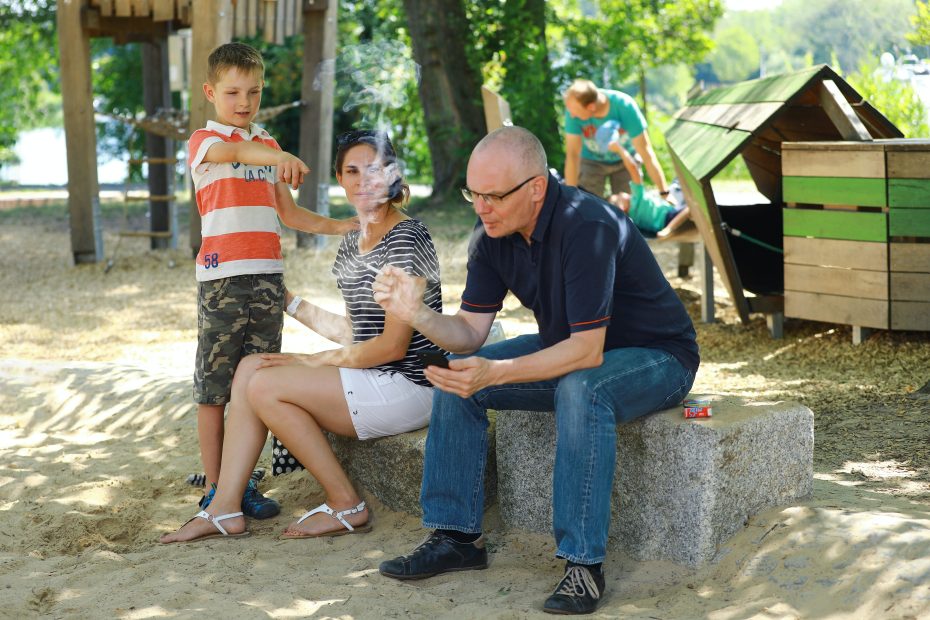Table of Contents
Introduction to Tassili n’Ajjer National Park
Nestled deep in the Sahara desert of southeastern Algeria lies the astounding landscape of Tassili n’Ajjer National Park. With its rugged sandstone plateaus, lush oasis valleys, and endless seas of sand dunes, Tassili n’Ajjer offers some of Algeria’s most breathtaking scenery. However, it is the wealth of ancient rock art spanning millennia that makes this park truly enchanting. Let’s explore the natural wonders and cultural treasures of this magical desert realm.
Location and Geography
Location in Algeria
Tassili n’Ajjer National Park is situated in the Tassili n’Ajjer mountain range in southeastern Algeria. It lies around 1,200 km southeast of the capital Algiers and spans parts of the Illizi and Djanet provinces. The nearest major town is Djanet, located near the park’s eastern boundary. The park covers an immense area of over 72,000 sq km.
Topography and Landscapes
The park landscape consists of expansive sand dunes, dry lakes, and towering sandstone plateaus sliced by deep canyons. Elevations range from around 400m in the low-lying plains to over 2,000m in the high plateau area. The Erg Admer stony plain and the Erg Tifferrine sea of golden sand dunes are two of the most iconic desert landscapes. Palm groves and small oasis valleys dot the plateaus, providing pockets of greenery.
Climate and Ecology
Desert Climate
The climate here is harsh and hyper-arid. Being deep in the heart of the Sahara, barely any rain falls. Summers are scorching hot with daytime temperatures exceeding 40°C. Winters see frosty nights below freezing but still warm sunny days. The low humidity makes the heat more bearable than in other deserts.
Flora and Fauna
Despite the desert conditions, life adapts and thrives here. Over 600 plant species including date palms, acacia, and desert grasses cling to existence around the oases. Herds of Dorcas gazelle and small populations of vulnerable Saharan cheetahs roam the landscape. Other desert-adapted fauna include fennec foxes, desert monitor lizards, horned vipers, and numerous bird species.
Rock Art and Archaeology
Rock Paintings and Engravings
Tassili n’Ajjer’s thousands of rock art sites are the park’s biggest draw. Prehistoric paintings and engravings illustrate a vanished culture and environment. Elaborately painted human figures, wild animals long departed, and ancient rituals cover the sandstone walls. Dating back as far as 12,000 years, this is amongst the most significant rock art assemblages globally.
Archaeological Sites
Remains of stone tools, pottery fragments, jewelry, and burial sites scattered around the park provide insight into Stone Age life. Neolithic era ruins include villages, granaries, and pastoral structures. Vestiges of Roman settlements from the early centuries AD are also found within the park boundaries.
Tourism
Activities
4WD safaris, trekking, camping under starry night skies, and gazing in awe at millennia-old rock art are the highlights here. Camel rides through the dunes, oasis hikes, and bathing in the surreal pink Lake Yoa are also popular. Stargazing in one of the world’s clearest night skies is mesmerizing.
Accessibility and Facilities
The park is accessible via the town of Djanet which has an airport with flights from Algiers and other cities. Getting around requires 4WD vehicles with professional guides. Camping facilities range from basic camping to eco-lodges. Supplies must be brought in as there are no shops inside the park. Visitor numbers are restricted to protect the fragile environment.
Threats and Conservation
Erosion and Vandalism
Erosion of rock art panels from weathering and sandstorms poses risks. Vandalism and graffiti of paintings by visitors is another concern. Thefts of artifacts for sale on the black market also occur. Policing such a vast landscape is challenging.
Protection Efforts
In 1987 UNESCO designated Tassili n’Ajjer a World Heritage Site. This strengthens legal protections and access controls. Rangers patrol to stop destructive activities. Guides educate visitors to be respectful. More government resources are still needed to conserve this natural and cultural treasure.
Conclusion
With its endless sea of dunes, towering plateaus, palm oases, and wealth of rock art, Tassili n’Ajjer presents a landscape brimming with magic and wonder. This fragile Saharan gem deserves our admiration, our protection, and your visit done responsibly. Let Tassili n’Ajjer’s ancient artworks tell their timeless tales for generations to come.
FAQs
What types of rock art are found in Tassili n’Ajjer?
Tassili n’Ajjer contains thousands of paintings and engravings depicting humans, animals, and cultural activities dating from the Neolithic to late antiquity. Styles range from naturalistic to abstract.
What wildlife lives in the park?
Desert-adapted species like Dorcas gazelle, fennec fox, Saharan cheetah, sand vipers, desert monitor lizard, along with around 600 plant species and many birds.
When are the best times to visit?
Spring and autumn offer warm days without scorching heat. Winters have fewer crowds but chilly nights. Summers see extremely hot temperatures over 40°C.
What facilities and activities are available?
Camping, 4WD safaris, trekking, camel rides, oasis hikes, bathing in Lake Yoa. Accommodation ranges from basic camping to eco-lodges. No shops exist inside the park.
How can visitors help preserve the park?
Follow rules prohibiting touching or damaging rock art. Keep to marked trails to avoid erosion. Don’t collect artifacts or fossils. Hire local guides to support the community. Travel in small groups to minimize environmental impact.
